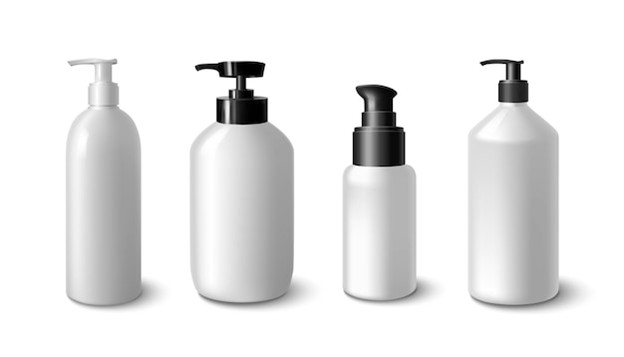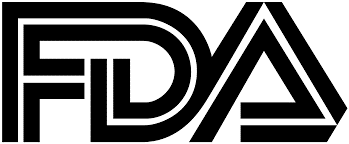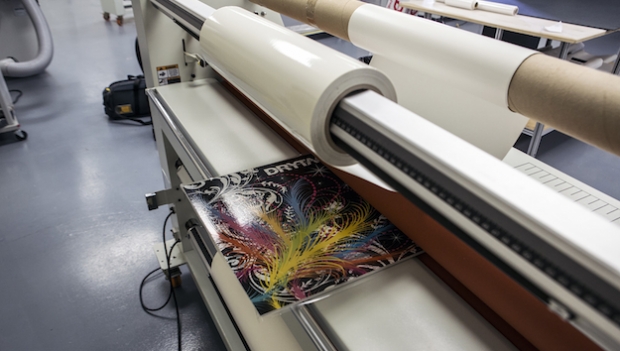
History - First time such notes were introduced in the
Problems with paper currency - For a common man, soiled/dirty notes of rupee one, two, five and ten are an every day nuisance. Due to rising costs of day to day commodities like vegetables and fruits which can not be purchased from small vendors by using a credit/debit card, even fifty rupee notes are getting soiled very soon. A lot of money is thus lost due to badly mutilated, torn notes, which even some banks refuse to exchange.
In addition these soiled notes carry bacteria and germs that can cause diseases like TB, pneumonia, peptic ulcers and gastroenteritis. Due to our dirty habit of using saliva to wet our fingers while counting a wad of notes, these germs enter our mouth and make some of us with poor immunity ill
Solution – PLASTIC (POLYMER) CURRENCY
These plastic notes can be washed easily and therefore would be cleaner than current paper notes. The Government of India has already introduced a ten rupee coin to supplement the demand for the ten rupee notes. Reserve Bank of
Manufacturing Process- The technology in printing plastic notes involves highly sophisticated processes generally used in the manufacture of integrated circuits - chips – for computers. Plastic sheets used in printing notes are much thinner than paper used in printing currency notes, and therefore, they could be printed in a much finer print.
Even letters that are 0.25 mm high could be printed very easily. However these are far too fine to be duplicated by colour copying machines. Many other security features could be incorporated in plastic sheets used in printing currency notes
The notes are made by taking rolls of the biaxially-oriented polypropylene (
This is a common plastic and is made in abundance in India
The plastic sheets pass through a four step process that makes them opaque as a background for printing ink and also add a shadow mark similar to water mark in paper notes. The rolls are then sliced into sheets, which could be printed using the same press as for paper currency
Advanced Technology being used - New inks that adhere firmly to plastic sheets were developed and used. A raised illustration or intaglio is printed under pressure using magnetic ink. The result is an image that can felt by fingers as well as detected magnetically. For the high denomination notes - a greater source of attraction for counterfeiters - there are additional security measures, known as an optically variable device.
It is an image formed by tiny ridges in ultra-fine aluminum foil that acts like diffraction grating scattering white light into its component seven colours as it happens with a compact disk (CD) is exposed to sunlight
The effect is somewhat like a hologram found on share certificates and bonds and many other items these days. The image is clear, visible from either side of the note and it is far more difficult to copy than even a hologram. Finally the notes are numbered and, given a protective coat of transparent varnish. This also reduces the development of static electric charge common with plastic sheets. And all this is done at a speed of 8,000 sheets an hour. One sheet contains 8 currency notes. The cost of making them is almost the same as paper notes, except for optically variable device used in higher denomination notes
Advantages- Plastic currency has almost 4 times life than paper currency. If handled carefully and correctly may offer a durable alternative. Also it would be almost impossible to counterfeit them. They are Eco-friendly because no one is going to throw plastic currency notes into garbage for cows to swallow and recyclers to make cheap pots and shoes out of them. However when properly collected and managed, they can be easily recycled to produce another plastic products.
Forward Path- The RBI has also been receiving several queries about the possibility of introducing plastic currency notes to replace the existing paper notes, even in the higher denominations of Rs 1,000, Rs 500 Rs 100. Going by the increasing incidents of circulating fake notes, RBI may consider introduction of higher denomination plastic notes soon
Chhavi Aggarwal
Associate : Research & Business Consulting
www.PackagingConnections.com







